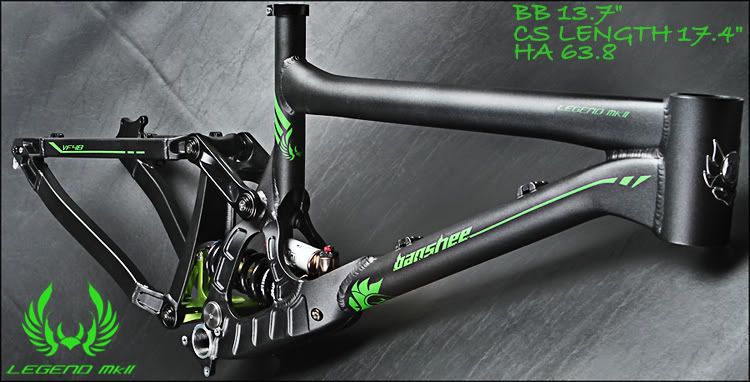Introducing The New Cobalt, Iodine, And Opium Wheelsets From Crankbrothers
 Tuesday, November 19, 2013 at 6:59AM
Tuesday, November 19, 2013 at 6:59AM When the founders of crankbrothers, Carl and Frank (get it? Carl + Frank = crank), first began developing a wheelset back in 2005, they wanted to create a wheel that had a more thoughtful design. In order to make something that is either stronger at the same weight, or lighter at the same strength, you have to use materials in a better, more efficient way. Carl and Frank wanted to completely pair up the spokes because paired spokes form a triangle, and triangles are the strongest geometric shape. This thought process lead to the design of the iconic and unique ::twinpair spoke wheelset, which was originally launched in 2008. Since then, we have continued updating the wheel design based on athlete feedback. In 2010, the 2nd generation wheelsets were launched with a new freehub design. Now, we are excited to share the newest generation of crankbrothers wheels.
Introducing the new cobalt, iodine, and opium wheelsets from crankbrothers.
Over the last two years, the engineers at crankbrothers have been focused on improving our wheel collection by redesigning the rim profile. With a design focused on strength : weight, the new rim profile is tuned for durability, lateral stiffness, and vertical compliance. We partnered with some of the world’s best athletes during our development and testing process to ensure that our wheelsets will exceed the demands of the most discerning and aggressive riders. With the addition of a 27.5 diameter, reduced prices on level 2 and 3 wheels, and full axle compatibility, the crankbrothers wheelset collection is an ideal upgrade to any mountain bike. As Hans Rey says, “crankbrothers wheels have been my loyal companions on many rides in the most remote corners of the globe.” Where will crankbrothers wheels take you?
“When we test new wheels, we train, practice, and race on the prototypes in all kinds of real world situations. The wheels get used hard, maintained, and replaced, so we can see where the weakest points are and report our findings and feelings on performance. The original MY 2008 opium wheels were pretty good for entering the DH wheel market for the first time. There were a few flaws with the freehub bodies, but those issues were resolved in the next generation hub. The MY 2010 opium wheels had the hub figured out, but the rims were too weak. This lead to a total redesign of the rim for MY 2014. Everything was considered: rim width, shape, height, material, joining, etc. With the redesign, we wanted a better seal for tubeless, more stability, a black option, as well as a rim that wasn't so hard and stiff it would flat, but that it could also hold up in rocks and big hits. These wheels have held up amazing with both tubes and tubeless, on a wide variety of terrain at speeds and under pressure. I think crankbrothers found a balance with the stiffness and width that takes impacts really well.”
- Jill Kintner, Norco International DH Team
Over the last 2 years, the engineers at crankbrothers have been focused on improving our wheel collection by redesigning the rim profile. With a design focused on strength : weight, the new rim profile is tuned for durability, lateral stiffness, and vertical compliance. We accomplished this by focusing on three key design elements in the rim profile: 1) internal lateral widths have been increased by 2mm on each model, 2) all sidewalls are 1.7mm lower, and 3) all rim depths have increased. We also focused on reducing weight in four key areas, including removing the original central I-beam, tapering sidewall thickness, reducing bead hook width, and reducing sidewall height. The reduced bead hook width and sidewall height, along with the curved tire well and non-perforated tire bed, also make the wheels incredibly easy to setup tubeless. After thorough FEA stress analysis, extensive machine testing, and hours of ride testing, we are certain that you can have confidence in the new collection of crankbrothers wheelsets.
 All Mountain,
All Mountain,  Bicycle,
Bicycle,  Crank Brothers,
Crank Brothers,  Downhill Mountain Bike,
Downhill Mountain Bike,  Enduro |
Enduro |






































